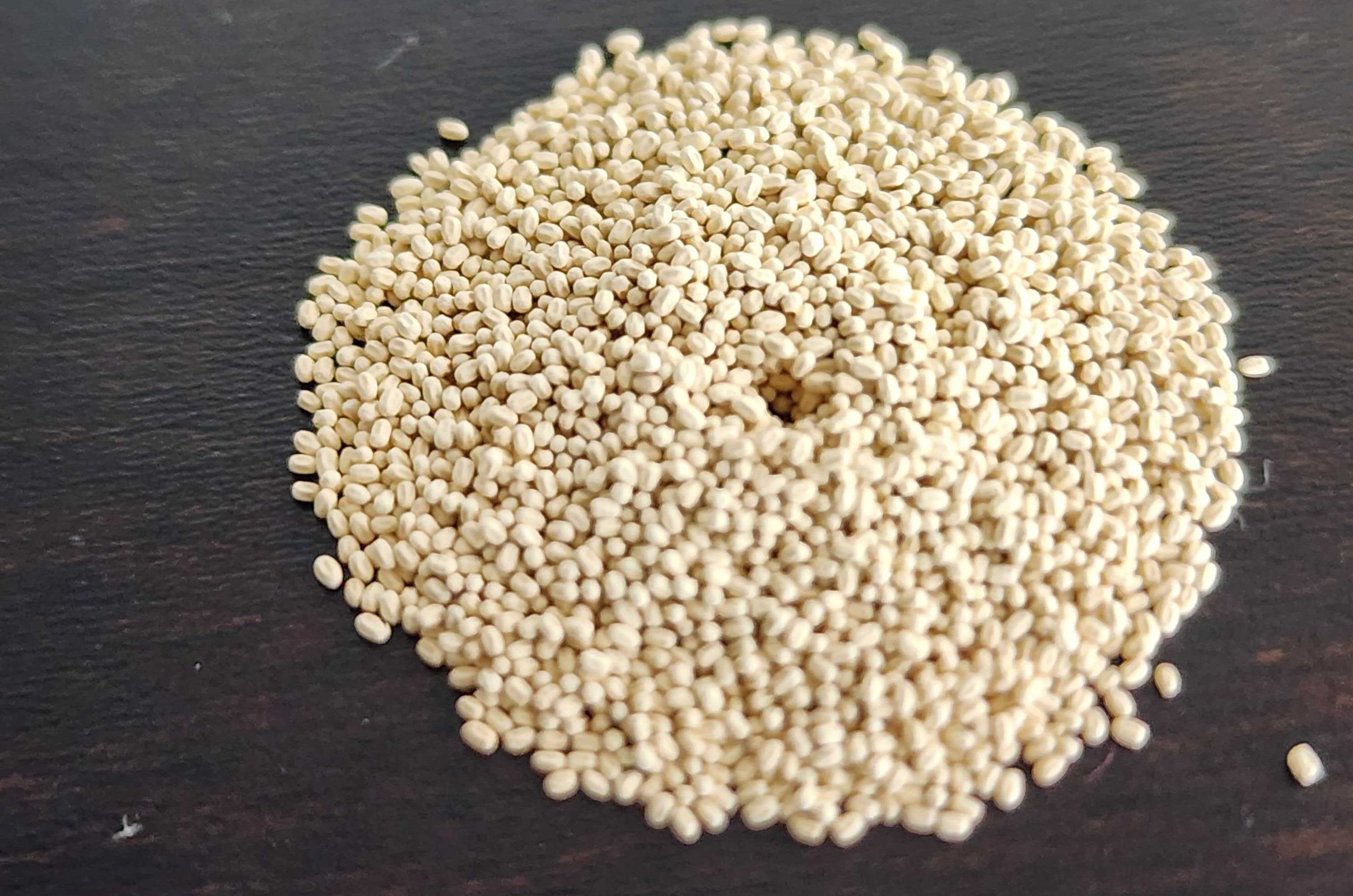Knowing what termite droppings look like—and which type of termite they belong to—can help you catch an infestation early and avoid serious structural damage. Let’s break it down by species:
Drywood Termite Droppings (Frass)
Drywood termite droppings are the most distinct and easiest to identify.
- What They Look Like: Small, hard pellets shaped like grains of rice or tiny capsules. Typically uniform in shape.
- Color: Varies depending on the type of wood being consumed—usually tan, brown, or black.
- Where You’ll Find Them: Piles can be found near windowsills, door frames, attic beams, or furniture— often mistaken for sawdust or coffee grounds.
These termites live entirely within the wood they eat, and they push their droppings out through small holes, creating neat little piles. Finding frass is a strong indicator of drywood termites.

Eastern Subterranean Termite Droppings
Eastern subterranean termites live underground and don’t leave behind dry pellet-style droppings.
- What They Look Like: Instead of pellets, they leave behind a muddy or gritty substance—often within their tunnels or mud tubes.
- Color: Light brown to dark brown; blends with soil.
- Where You’ll Find Them: Along foundation walls, inside baseboards, or where wood meets soil.
These termites mix their feces with saliva and soil to build mud tubes used for travel and moisture regulation. You won’t see piles of droppings, but these muddy signs are just as serious.
Formosan Subterranean Termite Droppings
Formosan termites are a more aggressive cousin of the eastern subterranean termite.
- What They Look Like: Like eastern subterranean termites, Formosan droppings are not dry pellets—they’re part of the mud-like material used to form carton nests.
- Color: Tan to brown and similar to wet cardboard.
- Where You’ll Find Them: Inside walls, ceilings, or hidden areas where they build their massive nests.
If you spot unusual stains, soft spots in walls, or suspect hidden moisture issues, Formosan termites might be the culprit—even if you don’t see obvious droppings.
Why It’s Important to Act Fast
Termite droppings are often the first visible sign of a hidden infestation. Ignoring them can lead to:
- Structural wood damage
- Costly repairs not covered by insurance
- Spread of the infestation to other areas of the home
Whether it’s frass from drywood termites or mud tubes from subterranean species, these signs should never be brushed off.
See Droppings?
If you suspect termites based on droppings or other signs, our team can identify the termite species and create a customized plan to protect your home.
📲 Text us directly from our website – Just look for the chat bubble in the bottom right corner of your screen. It’s fast, easy, and connects you to a live team member.
Don’t wait for more damage to appear—early detection is key when it comes to termites.


